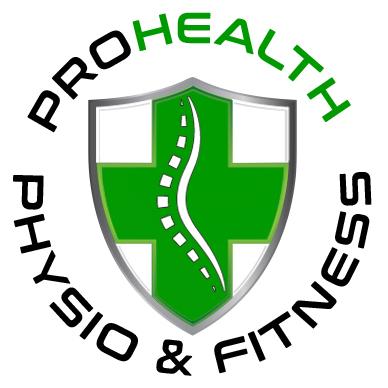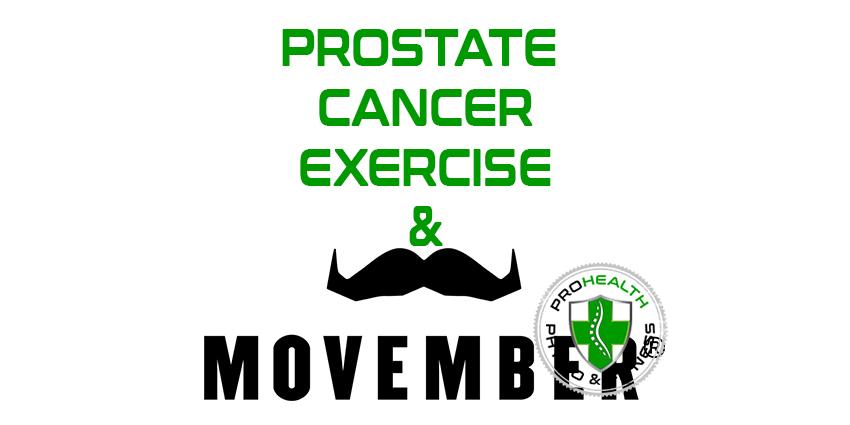November is an exciting time in Australia. The grass is green, spring is in full bloom & you’ll notice a whole lot of vegetation on male faces. Many males will try to grow a ‘stache’ to raise awareness & funds for prostate cancer research. Here at PROHEALTH PHYSIO & FITNESS (EP), we thought it is important to know exercise has become a great adjunct to traditional prostate cancer treatment.
What is Prostate Cancer?
Prostate cancer is the most prevalent form of cancer in Australian men which involves an abnormal and detrimental growth of cells in the prostate gland. The prostate gland is an important organ as it produces seminal fluid, an essential component for sperm to be nourished and transported during fertilisation. The risk of developing prostate cancer increases with age where 1 in 6 men will be diagnosed with prostate cancer by the age of 85 and 63% of cases involve men over the age of 65. While early detection alongside mainline medical interventions for localised prostate cancers is effective in treating prostate cancer, the side effects from the treatments can often be significantly detrimental to the quality of life for men. However, research indicates that exercise can be effective in mitigating side effects and improving the quality of life of prostate cancer patients during and after treatment.
Here are 3 reasons why men with prostate cancer need to be active:
1. Exercise can enable patients to endure treatment
Treatment such as radiotherapy and chemotherapy can be unpleasant, uncomfortable, and painful which often causes patients to cease treatment early. However, physically active cancer patients tend to withstand and endure treatment which subsequently increases their survival rate. Research also shows that fitter patients tend to have less painful side effects during treatment.
2. Exercise is effective for improving mental health and sexual health
Prostate cancer patients can often experience demoralising and upsetting side effects from their treatment which can include issues with sexual function, urinary function and loss of strength and fitness. As a result of these side effects, there is a high incidence of anxiety and depression among patients. However, It is widely known that exercise is effective in improving mental health and mood so an appropriate exercise program can be highly beneficial for the mental health of prostate cancer patients. Furthermore, exercises that target pelvic floor function/strength have been shown to improve sexual health and urinary function.
3. Exercise is effective in mitigating the side effects of Androgen Deprivation Therapy
Androgen Deprivation Therapy (ADT) involves reducing the levels of testosterone in the body in the hope of slowing down the growth of the cancer. While an effective treatment, significant side effects can occur which includes sexual dysfunction, bone mineral density loss, reduced muscle strength and mood and cognitive disorders. Studies have indicated that light to moderate resistance and aerobic exercise are effective in mitigating these side effects where active patients experienced notable improvements in aerobic fitness, bone mineral density, muscular strength, body composition, fatigue symptoms, mental health, cognitive function. Furthermore, adherence to the exercise program did not impair the effectiveness of ADT or cause any adverse events.
While it’s hard to deny the benefits of exercise for prostate cancer patients, it can be daunting and confusing to begin safely exercising. Here at PROHEALTH PHYSIO & FITNESS (EP), we would love to provide our evidenced-based, expert care to empower you and support you in the fight against prostate cancer and to enjoy the benefits of exercise. For more information feel free to contact us on 8317 7770 or visit us on here.
References:
Source: National Library of Medicine
Read time: 7 minutes

